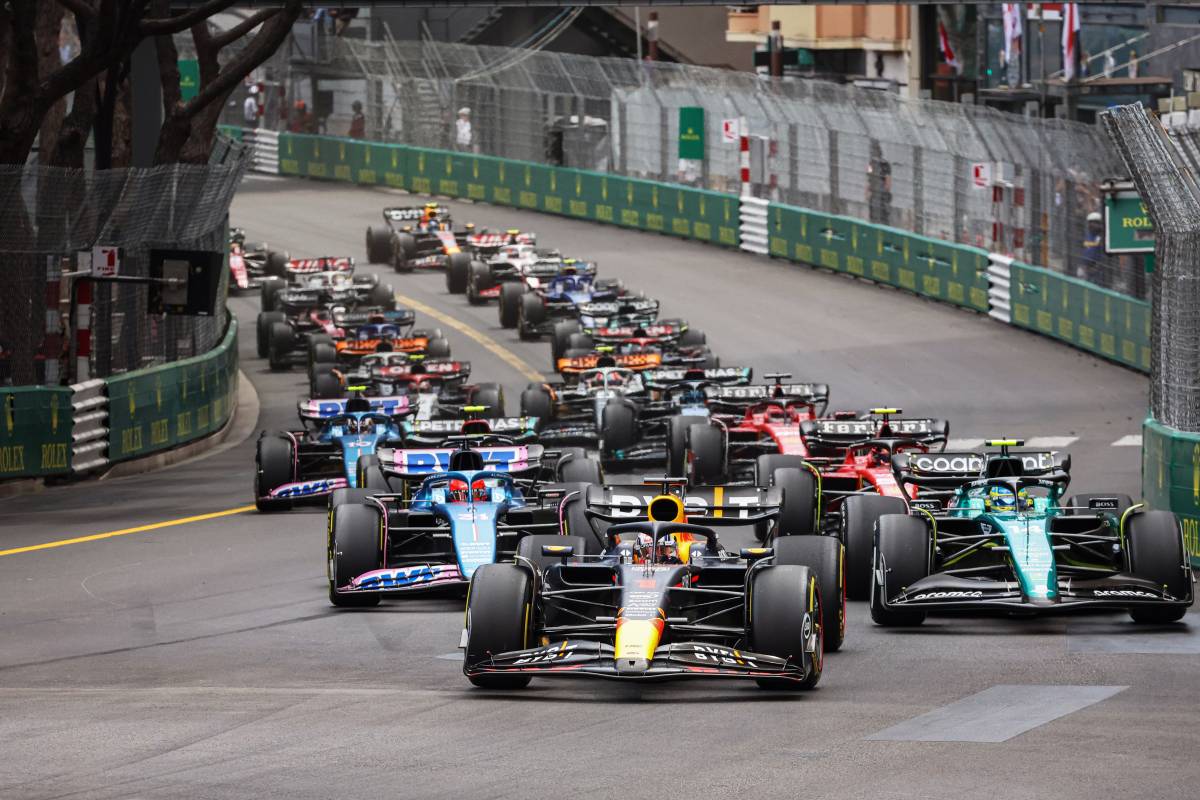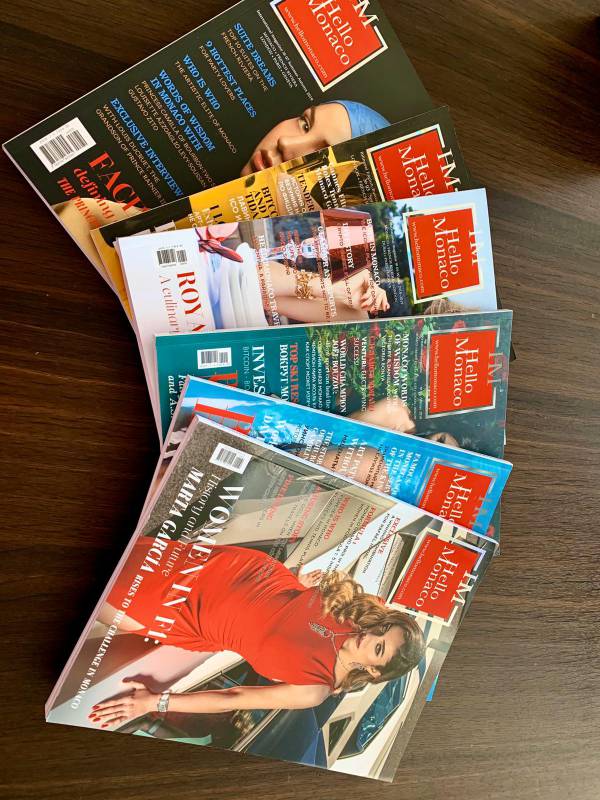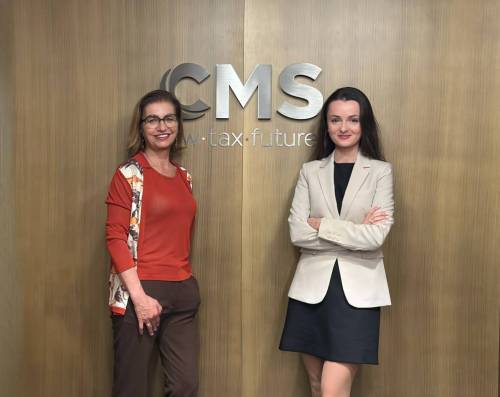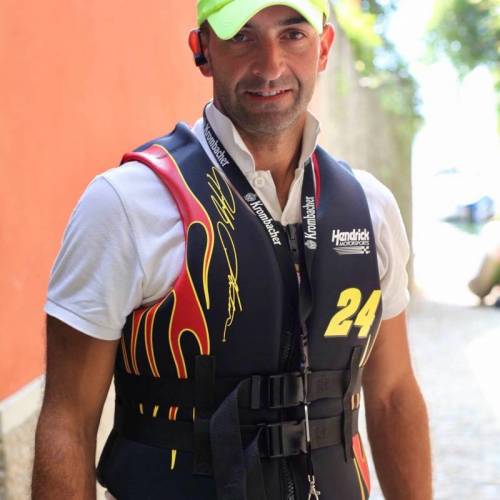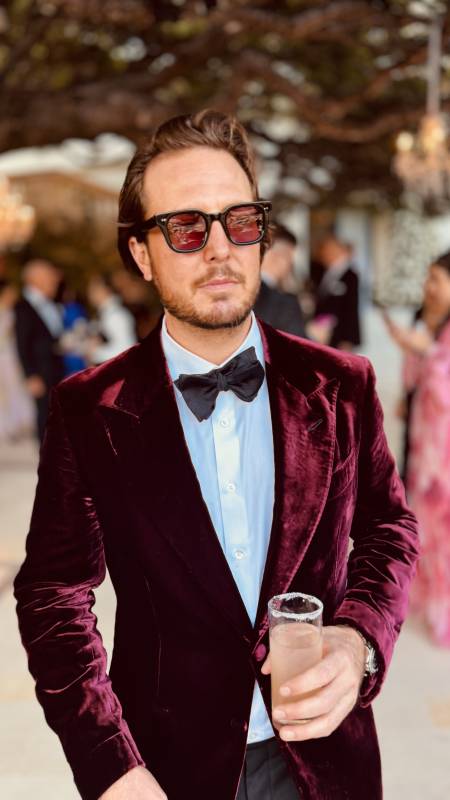Prince Albert II of Monaco confided to Philippe Robin from Le Courrier Picard memories about his childhood and happy days in the castle.
Prince Albert II of Monaco spent a few days at the Château de Marchais with his sister, Princess Caroline.
Pushing open the door to the castle of Marchais, about twenty kilometers north of Laon, is a little bit like entering into the intimate life of the Princely family of Monaco. In every room of the beautiful Renaissance castle, paintings, photos and everyday objects represent the members of their dynasty. Here, Prince Albert II, who succeeded his father, Prince Rainier III, in 2005, does not bother with the protocol imposed by his duties and is a little more informal. Accompanied by his sister, Princess Caroline, he willingly slips into the role of a guide, literally and figuratively, to help one discover the castle’s wealth and history.
Your family has owned the Château de Marchais since the mid-nineteenth century. Why did they choose Marchais and Aisne, which are far from the Principality?
It was thanks to Antoinette of Verona, the wife of Prince Charles III, my great-great-great-grandfather. She was nostalgic for her native Belgium. Her husband wanted to please her and sought a property not too far from this region. Chance had it that the Chateau de Marchais, which belonged to Count Delamarre and his descendants, was for sale.

So there is a special attachment from your family to this area of Marchais?
Yes. For these family reasons, of course. Prince Charles III and Prince Albert I stayed there very often, then his son and father, and obviously my grandmother.
Your grandmother, Princess Charlotte, had made Marchais her habitual abode…
She lived for a long time in Paris, but she was staying longer and longer at Marchais during the second part of her life. She died in Paris, but she wanted to be buried at Marchais. It had been marked by the fire which had ravaged part of the castle in April, 1977.
Finally, didn’t your grandmother prefer Marchais to Monaco?
She didn’t come to Monaco very often, especially after her divorce with Prince Pierre. It was also by discretion in relation to my father. And she loved this place very much.
Do you have any memories from your childhood in Marchais?
Very young, we did not come here very often. It was more from the age of 7-8 years old that we started coming once a year, then more often, but not just for hunting. For walks too, extended weekends in the spring or summer.

Today, what do you come to look for in Marchais?
I like to come here to hunt, but also to recharge myself and be a little further from the tumultuousness of the Principality. This castle is also a little like a museum, because of its historical elements.
Hunting at Marchais…
I hunt a little, three or four times a year, but it’s almost only big game, especially wild boar, and other varmints like the fox. I am one of those hunters who are simply happy to be in contact with nature and to watch game without necessarily firing at it.
What attracts you the most about Marchais?
It is this calmness, this tranquility, being close to nature and being in contact with the realities of nature and also agriculture. The area, including the park, covers almost 1,500 hectares. Nearly half of that is devoted to agriculture, with beetroot, cereals. There are also woods, marshes, some of which are integrated in the Natura 2000 program.
Is there a place in the castle which you are particularly attached to?
My room when I was a kid. There was a tiny bed and my grandmother had agreed to have another one, a little bigger, that made me think of a military camp bed. But I liked it because I put myself in the shoes of a soldier! When you are 7 or 8 years old, it’s the dream. Today, I love the cellar. Not only because it houses beautiful bottles, but also because you can dine there.

Last year, you distinguished an inhabitant of the village, Jean Pestel, who worked on the history of the castle. Did you learn anything from him?
Yes. I was unaware of many elements concerning the history of places or about the visits from great personalities, like Francis I, Catherine de Medici or Henry III. I only had a partial and not very accurate idea of the history of the estate and the castle.
The British man Jonathan Palmer has a circuit project on the former base of Laon-Couvron. Could there be special ties with Monaco, whose passion for motorsport is known with the F1?
You know he’s going to have permission to use the airstrip and he invited me to come with my plane when it’s ready. Currently, I am in Bourget or Vatry.
And the links with motorsport?
It has not been mentioned, but I am sure it will. We have two world championship titles from young Monegasque drivers and others who also have some real talent. It would not be impossible to see them training here.
Interview by Philippe Robin

